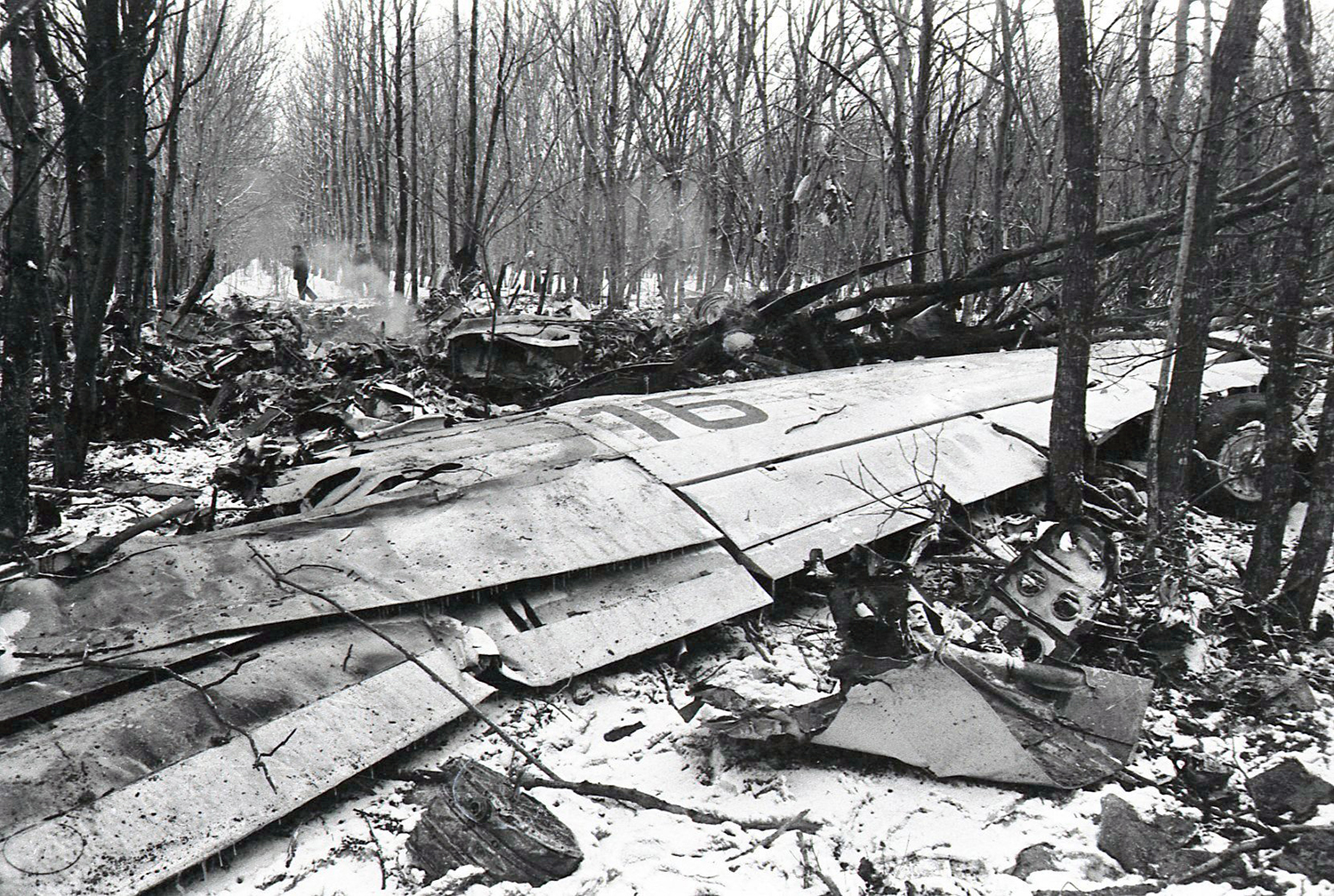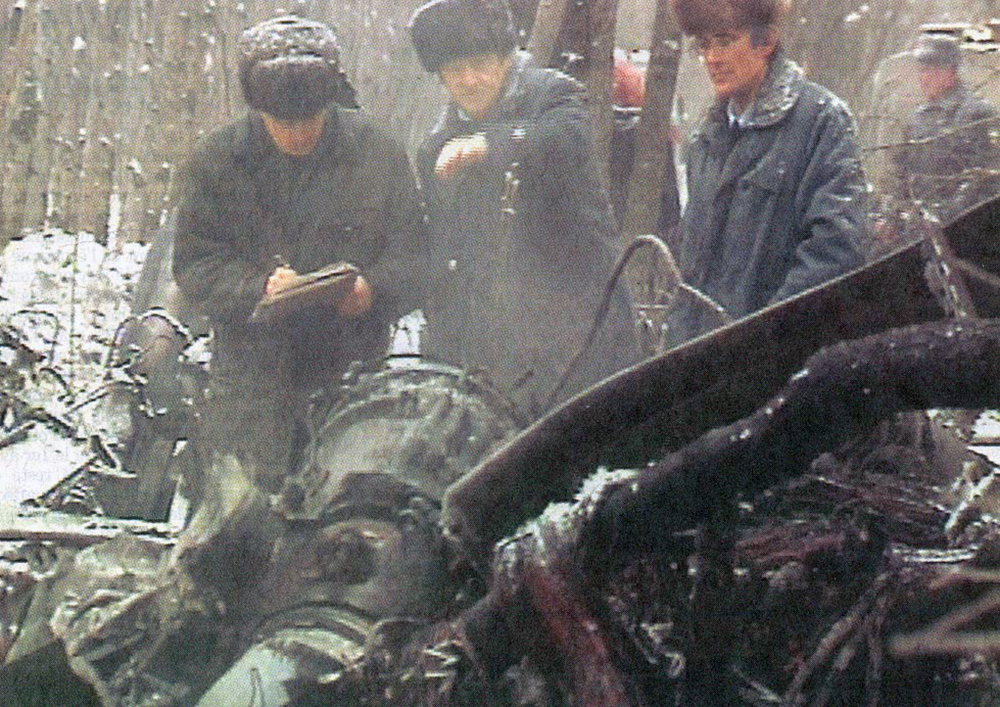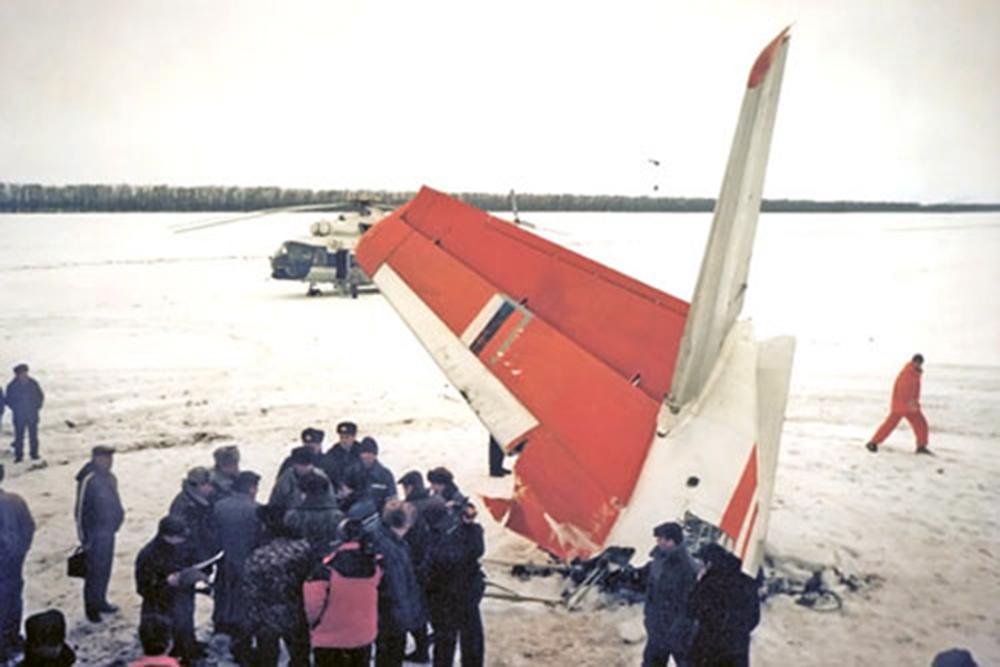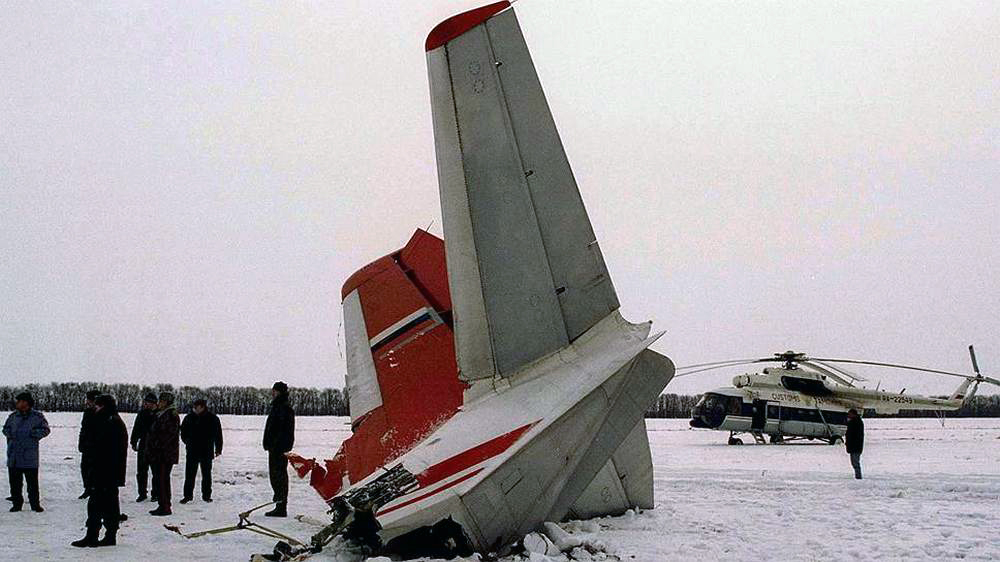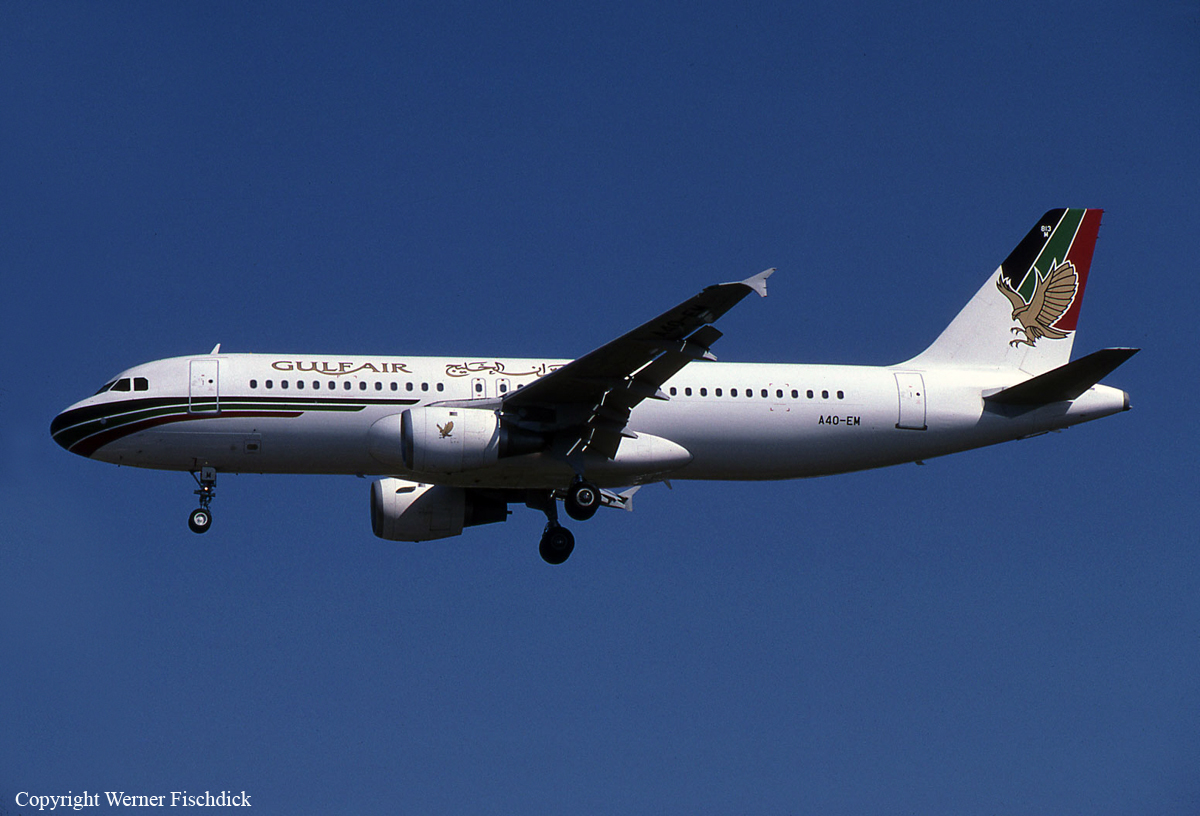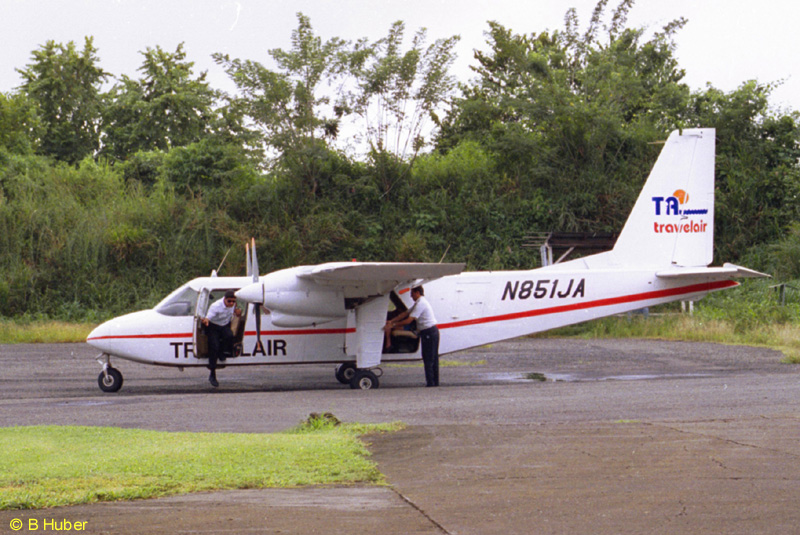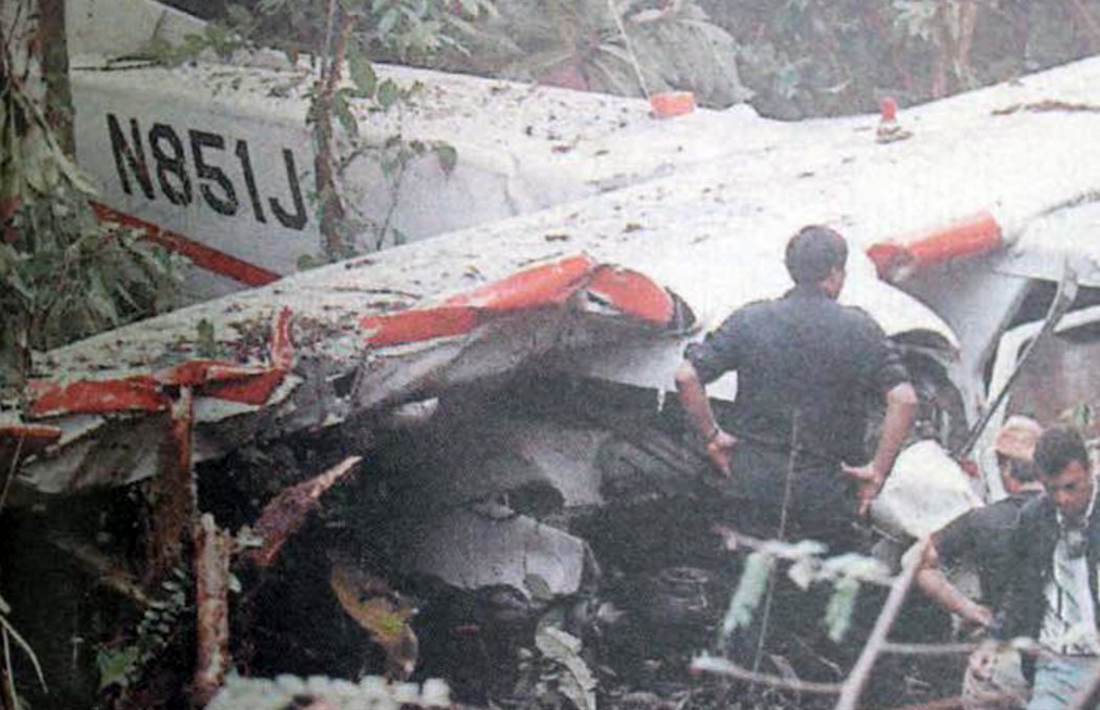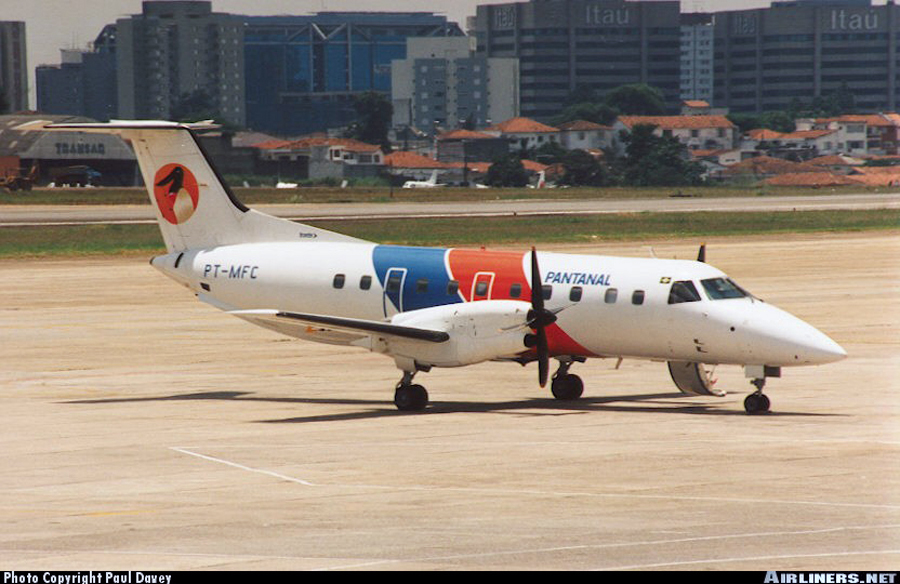Crash of a Douglas DC-9-51 in Abidjan
Date & Time:
Apr 12, 1997 at 1350 LT
Registration:
9G-ACM
Survivors:
Yes
Schedule:
Accra - Abidjan
MSN:
47755
YOM:
1978
Flight number:
GH560
Crew on board:
7
Crew fatalities:
Pax on board:
97
Pax fatalities:
Other fatalities:
Total fatalities:
0
Circumstances:
Following an uneventful flight from Accra-Kotoka Airport, the crew started the descent to Abidjan-Félix Houphouët-Boigny Airport in poor weather conditions. Due to heavy rain falls, the horizontal visibility did not exceed 2 km and on final, the captain decided to initiate a go-around procedure. Few minutes later, the crew started a second approach to runway 21, established on the ILS but continued the approach above the glide. This caused the aircraft to land 900 metres past the runway threshold. On a wet runway surface, the aircraft skidded and veered off runway to the left. While contacting soft ground, the aircraft lost its undercarriage and came to rest 1,800 metres past the runway threshold. All 104 occupants were evacuated, among them three passengers were slightly injured. At the time of the accident, weather conditions were poor with heavy rain falls and wind from 110 gusting at 25 knots.





